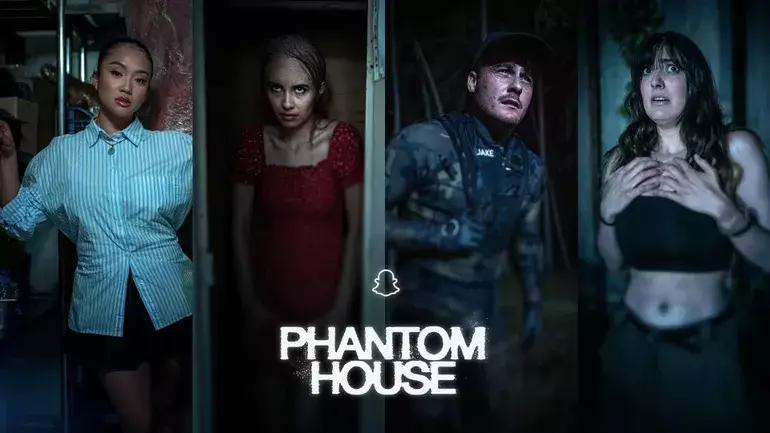Halloween presents an exciting opportunity for brands to engage with consumers, particularly on social media. Snapchat has recognized this potential by reviving its Halloween-themed content series, Phantom House, a strategic move that reflects a deeper understanding of user behavior and seasonal marketing. This year, the series is not merely a nostalgic recreation of past success; it leverages augmented reality (AR) features, creator engagement, and targeted advertising to enhance user experiences and drive brand awareness.
One of the standout features of the Phantom House series is its incorporation of augmented reality. This technology has revolutionized how brands interact with consumers, providing immersive experiences that traditional ads simply cannot match. Snapchat’s AR Lenses designed for Phantom House aim to draw users into spooky worlds, creating memorable experiences that extend beyond passive viewership. Users can expect features such as pet tracking and dynamic 3D animations that intensify the Halloween experience, showcasing the potential of AR to create interactive narratives. By engaging users at such a visceral level, Snapchat not only boosts viewer engagement but also enhances brand recall.
Furthermore, the integration of AR into brand campaigns—like those from Maybelline, State Farm, and Hulu—highlights the increasing synergy between brands and digital platforms. As users are encouraged to experiment with custom creator content and actively participate in the Phantom House narrative, they are likely to form positive associations with the brands involved, leading to improved marketing outcomes.
The return of prominent brands to sponsor Phantom House underscores its effectiveness as a marketing platform. Maybelline, for example, taps into the Halloween spirit to advocate for self-expression through beauty. By integrating its messaging into the series, Maybelline positions itself as more than just a cosmetics brand; it promotes a lifestyle that encourages creativity and experimentation. The company’s strategy is reinforced by its intention to use both branded content and immersive AR to deepen audience engagement.
Similarly, State Farm’s participation reflects a broader understanding of the season’s thematic connections. By launching an AR Lens and complementing their advertising efforts with Snap Ads, State Farm does not merely advertise insurance— it connects with audiences during a time when they’ll undoubtedly be thinking about safety amidst celebratory escapism. This alignment of brand messaging with seasonal sentiment could amplify both brand relevance and consumer trust.
Hulu’s involvement is another prime example of how social media platforms can extend the reach of content-led campaigns. The streaming service’s annual Huluween campaign, now enhanced with AR technology and Snapchat’s social features, resonates with audiences looking to enjoy Halloween content in a more engaging manner. By advertising its library of Halloween-themed films and engaging users through AR Lenses, Hulu significantly enhances user engagement and drives traffic to its platform during a key viewing season.
The inclusion of well-known creators in Phantom House serves as an additional lure for audiences. Creators like Tue Nguyen and Jake Koehler bring their own fanbases into the fold, generating buzz and excitement that traditional ad campaigns may struggle to achieve. By showing creators navigating eerie landscapes, Snapchat empowers these influencers to create content that resonates with their followers while simultaneously promoting the brand’s message.
This approach highlights the growing trend where user-generated content is indispensable in driving engagement and authenticity in marketing. The unique narratives shaped by the creators can encourage users to interact with content more authentically, ultimately leading to higher retention and interest in the original series.
The reboot of Phantom House represents more than a seasonal content strategy for Snapchat; it is a carefully orchestrated marketing campaign that leverages technology, brand partnerships, and creator engagement effectively. By tapping into the excitement that Halloween generates and using AR to create fascinating experiences, Snapchat positions itself favorably within the competitive social media landscape. Additionally, the data indicating increased consumer spending during Halloween provides further validation of Snapchat’s strategy, suggesting that this Halloween campaign could set the stage for stronger engagement metrics and potential revenue growth in future endeavors. As brands continue to navigate the ever-shifting digital landscape, initiatives like Phantom House demonstrate how to blend creativity, technology, and marketing prowess to capture the essence of seasonal celebration.


Leave a Reply